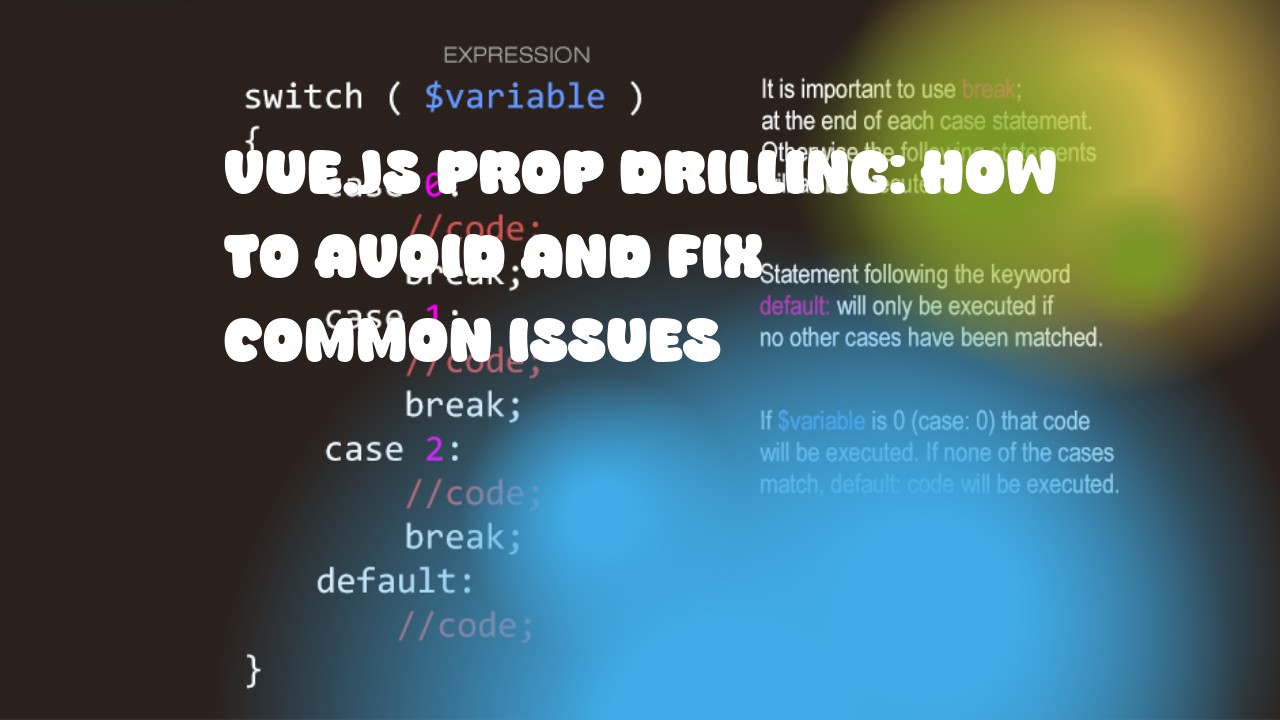Prop drilling in Vue.js refers to the process of passing props from one component deep within a hierarchy until they reach a target component that needs them. While it can be useful in certain situations, it can also lead to code complexity and maintainability issues if not handled carefully. Here are some common issues associated with prop drilling and how to fix them:
-
Props becoming unmanageable: As the depth of the hierarchy increases, so does the number of props being passed down. This can make the application harder to manage and debug. To avoid this, you can use a state management library like Vuex or use getter functions to compute derived state based on the store's state.
-
Prop drilling overuse: Some developers may find it necessary to pass props deep into their component hierarchy even when they are not directly used in any of the intermediate components. This can lead to unnecessary complexity and code bloating. To fix this, you can refactor your component hierarchy so that only necessary props are passed from parent components to child components.
-
Prop name conflicts: If multiple components in the hierarchy have the same prop name but different values, it can cause confusion as to which value is being used by each component. To avoid this, you can use aliases for props or use namespaces to prefix your prop names to make them unique and descriptive.
-
Props not updated: If a component receives new props after its initial render, but does not react to changes in those props, it can lead to stale data being displayed. To fix this, you can use Vue's reactivity system to ensure that any changes in the props are reflected in the component's state.
-
Props validation: It is recommended to validate props using PropTypes or similar libraries to help catch potential issues before they arise. This will make it easier for developers to identify and fix prop-related bugs.
In summary, while prop drilling can be useful in certain situations, it should be used sparingly and with care. Proper use of Vuex, aliases, namespaces, reactivity, validation, and refactoring can help avoid common issues associated with prop drilling and make the codebase easier to manage and maintain.

